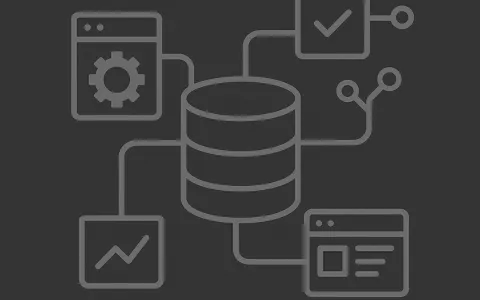Google Analytics 4 (GA4) is the latest iteration of Google's analytics platform, offering advanced features and insights tailored to today's digital landscape. If you're running a Drupal site, integrating GA4 can provide you with a deeper understanding of your user interactions and enhance your site's performance. Here’s a comprehensive guide on how to effectively use GA4 with your Drupal site.
Understanding Google Analytics 4
GA4 represents a significant upgrade from its predecessor, Universal Analytics. It’s designed to deliver a more holistic view of your user’s journey by leveraging machine learning and cross-platform tracking. The primary advantages of GA4 include:
- Enhanced Tracking Capabilities: Track user interactions across multiple platforms and devices.
- Improved Data Accuracy: Benefit from advanced machine learning algorithms that fill data gaps.
- Future-Proof: Adapt to evolving privacy regulations and the phasing out of third-party cookies.
Setting Up GA4 on Your Drupal Site
- Create a GA4 Property: Start by logging into your Google Analytics account. Navigate to the Admin section, and under the Property column, click “Create Property.” Follow the prompts to set up your GA4 property.
- Install the Google Analytics Module: On your Drupal site, go to the Modules section and install the Google Analytics module. This module facilitates the integration of GA4 with your Drupal site.
- Configure the Module: After installation, configure the module by entering your GA4 Measurement ID, which can be found in your GA4 property settings. This allows your Drupal site to send data directly to GA4.
Leveraging GA4 Features for Your Drupal Site
GA4 offers several features that can enhance your Drupal site’s performance:
- Event Tracking: Customize event tracking to capture specific user interactions that are important to your site. This can include clicks, form submissions, and downloads.
- User Insights: Utilize GA4’s advanced reporting to gain insights into user behavior and demographics. This can help you tailor your content and improve user engagement.
- Predictive Metrics: GA4’s machine learning capabilities provide predictive metrics, such as the likelihood of user conversion or churn. Use these insights to make data-driven decisions for your site.
Best Practices for Using GA4 with Drupal
- Regularly Review Data: Set up custom dashboards to regularly review key metrics and user interactions.
- Segment Your Audience: Use GA4’s segmentation tools to analyze different user groups and understand their behavior.
- Stay Updated: GA4 is constantly evolving. Stay updated with the latest features and best practices to make the most of your analytics.
Conclusion
Integrating Google Analytics 4 with your Drupal site can significantly enhance your understanding of user behavior and site performance. By following the steps outlined above and leveraging GA4’s advanced features, you can make informed decisions to improve your site and achieve your business goals. Stay proactive in reviewing and adjusting your analytics setup to keep pace with the evolving digital landscape.


